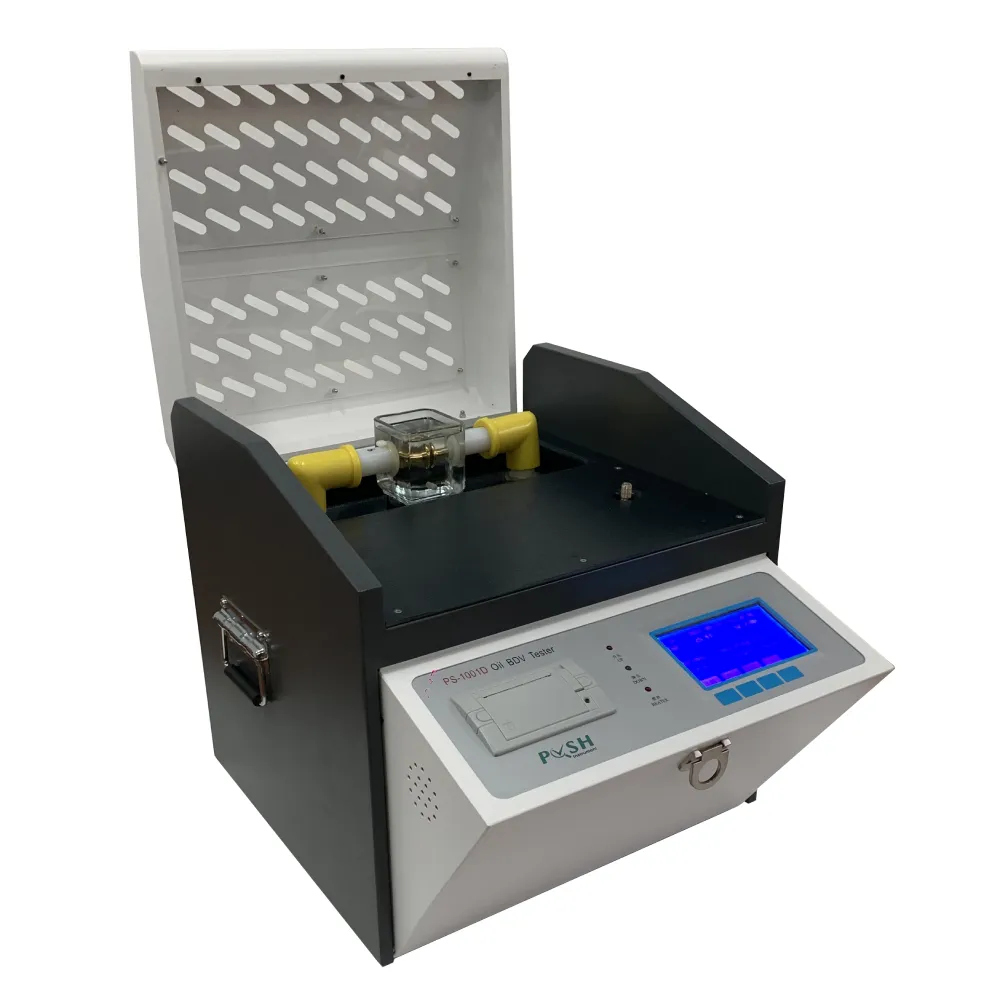 English
English



-
 Afrikaans
Afrikaans -
 Albanian
Albanian -
 Amharic
Amharic -
 Arabic
Arabic -
 Armenian
Armenian -
 Azerbaijani
Azerbaijani -
 Basque
Basque -
 Belarusian
Belarusian -
 Bengali
Bengali -
 Bosnian
Bosnian -
 Bulgarian
Bulgarian -
 Catalan
Catalan -
 Cebuano
Cebuano -
 China
China -
 China (Taiwan)
China (Taiwan) -
 Corsican
Corsican -
 Croatian
Croatian -
 Czech
Czech -
 Danish
Danish -
 Dutch
Dutch -
 English
English -
 Esperanto
Esperanto -
 Estonian
Estonian -
 Finnish
Finnish -
 French
French -
 Frisian
Frisian -
 Galician
Galician -
 Georgian
Georgian -
 German
German -
 Greek
Greek -
 Gujarati
Gujarati -
 Haitian Creole
Haitian Creole -
 hausa
hausa -
 hawaiian
hawaiian -
 Hebrew
Hebrew -
 Hindi
Hindi -
 Miao
Miao -
 Hungarian
Hungarian -
 Icelandic
Icelandic -
 igbo
igbo -
 Indonesian
Indonesian -
 irish
irish -
 Italian
Italian -
 Japanese
Japanese -
 Javanese
Javanese -
 Kannada
Kannada -
 kazakh
kazakh -
 Khmer
Khmer -
 Rwandese
Rwandese -
 Korean
Korean -
 Kurdish
Kurdish -
 Kyrgyz
Kyrgyz -
 Lao
Lao -
 Latin
Latin -
 Latvian
Latvian -
 Lithuanian
Lithuanian -
 Luxembourgish
Luxembourgish -
 Macedonian
Macedonian -
 Malgashi
Malgashi -
 Malay
Malay -
 Malayalam
Malayalam -
 Maltese
Maltese -
 Maori
Maori -
 Marathi
Marathi -
 Mongolian
Mongolian -
 Myanmar
Myanmar -
 Nepali
Nepali -
 Norwegian
Norwegian -
 Norwegian
Norwegian -
 Occitan
Occitan -
 Pashto
Pashto -
 Persian
Persian -
 Polish
Polish -
 Portuguese
Portuguese -
 Punjabi
Punjabi -
 Romanian
Romanian -
 Russian
Russian -
 Samoan
Samoan -
 Scottish Gaelic
Scottish Gaelic -
 Serbian
Serbian -
 Sesotho
Sesotho -
 Shona
Shona -
 Sindhi
Sindhi -
 Sinhala
Sinhala -
 Slovak
Slovak -
 Slovenian
Slovenian -
 Somali
Somali -
 Spanish
Spanish -
 Sundanese
Sundanese -
 Swahili
Swahili -
 Swedish
Swedish -
 Tagalog
Tagalog -
 Tajik
Tajik -
 Tamil
Tamil -
 Tatar
Tatar -
 Telugu
Telugu -
 Thai
Thai -
 Turkish
Turkish -
 Turkmen
Turkmen -
 Ukrainian
Ukrainian -
 Urdu
Urdu -
 Uighur
Uighur -
 Uzbek
Uzbek -
 Vietnamese
Vietnamese -
 Welsh
Welsh -
 Bantu
Bantu -
 Yiddish
Yiddish -
 Yoruba
Yoruba -
 Zulu
Zulu
chromatogram in gas chromatography
Understanding Chromatograms in Gas Chromatography
Gas chromatography (GC) is a powerful analytical technique used to separate and analyze volatile compounds in a mixture. One of the key outputs of this process is the chromatogram, which visually represents the separation of compounds as they travel through a chromatographic column. The information contained in a chromatogram is crucial for identifying the components of a sample and their relative concentrations.
Understanding Chromatograms in Gas Chromatography
Each peak on the chromatogram corresponds to a specific compound. The time it takes for a compound to emerge from the column is known as its retention time. This retention time can be compared to standard compounds to help identify the substances present in the sample. The area under each peak is directly proportional to the amount of the compound in the mixture, making quantitative analysis possible.
chromatogram in gas chromatography

Interpreting a chromatogram requires a solid understanding of not only the peaks but also the baseline, which is the level of detector response in the absence of any compounds. A stable baseline is ideal; fluctuations can obscure data quality and indicate potential issues such as noise or column bleed. Peaks that are sharply defined and well-resolved indicate effective separation, while overlapping peaks can signal a need for adjustment in the method, such as changing the column or the temperature program.
Gas chromatography is widely utilized in various fields, including environmental analysis, pharmaceuticals, and food safety. For instance, in environmental monitoring, GC is employed to detect and quantify pollutants in air, soil, and water samples. In the pharmaceutical industry, it plays a critical role in quality control processes to ensure the purity of drugs.
However, while GC is a robust technique, it also has limitations. It is most effective for volatile and thermally stable compounds, which means that larger, non-volatile, or thermally labile molecules are often unsuitable for direct analysis. In such instances, methods like derivatization are employed to make these compounds amenable to GC.
In conclusion, chromatograms are an essential element of gas chromatography, providing vital data for the separation and identification of chemical compounds. Through careful analysis of the retention times and peak areas, researchers and analysts can gain insights into the composition of complex samples, contributing to advancements in various scientific fields. Understanding how to read and interpret chromatograms is fundamental for anyone looking to leverage gas chromatography in their work.
-
Testing Equipment Industry Sees Major Advancements in 2025: Smart & Precision Technologies Lead the WayNewsJun.06,2025
-
Applications of Direct Current Generators in Renewable Energy SystemsNewsJun.05,2025
-
Hipot Tester Calibration and Accuracy GuidelinesNewsJun.05,2025
-
Digital Circuit Breaker Analyzer Features and BenefitsNewsJun.05,2025
-
Benefits of Real-Time Power Quality Monitoring Devices for Industrial EfficiencyNewsJun.05,2025
-
Earth Fault Loop Testing in High-Rise Building Electrical SystemsNewsJun.05,2025



